Dark Money by Jane Meyer
Category: E- Economic, P - Political
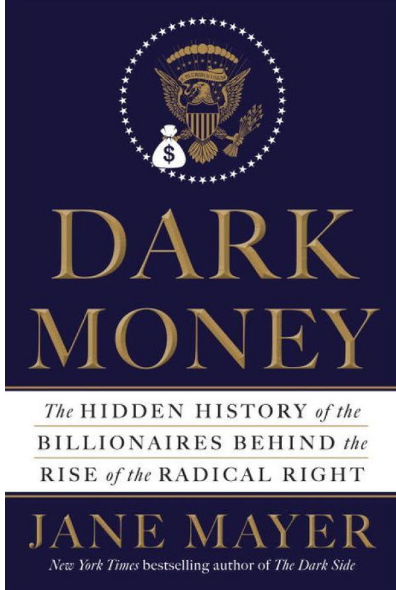 Dark Money: The Hidden History of Billionaires Behind the Rise of the Radical Right By Jane Mayer
Dark Money: The Hidden History of Billionaires Behind the Rise of the Radical Right By Jane Mayer
Jane Mayer is an award winning investigative reporter who writes for the New Yorker Magazine.
This book is long and somewhat repetitious but it presents a clear undeniable exposition that shows how our free democratic government, founded on checks and balances is being corrupted by a small group of very wealthy individuals. Multi-millions, if not billions of dollars are being used, often secretly, often with the pretense of tax-free donations, all which are funneled to individuals and organizations with the main purpose of supporting the interest of the super wealthy people who control these funds. This is a clear evasion of existing tax laws with the goal of lowering tax rates for billionaires and multi-millionaires, who often believe they should be paying lower tax rates than the middle class. There also is a campaign to change government regulations to favor their business holdings.
The undisputed leaders of this calculated, spending of “dark money” are brothers, David and Charles Koch, two of the richest men in the world who continue to expand their wealth through their massive holdings in fossil fuel and chemical industries. They lead a group of extremely wealthy men including Richard Mellon Scaife, heir to the Mellon Banking and gulf oil fortune, the Coors family who founded Amway, John Owen and his family also from the chemical industry and many others. It is not surprising that this group also denies and disputes the established scientific reality of climate change and the threatened dangers to our planet. This well-documented book, with extensive references and bibliography exposes the nefarious actions and manipulations of the relatively small group of very rich people who have a radical conservative agenda.
The Citizens United ruling by the United States Supreme Court, allowed the Koch brothers and other ultra conservatives to make unlimited contributions to independent expenditures. This meant that these groups could support political action committees that were officially not tied to particular candidates in any way. The Citizens United, Supreme Court decision also allowed that there could be unlimited spending for candidates, as long as the candidate was not involved with how the money was spent. This ruling sent a message to the wealthy and their political operatives that when it came to raising and spending money for political candidates, they could act with impunity. Soon, hundreds of millions of dollars from Koch and his wealthy colleagues were flowing to support their favorite candidates. This opened the floodgates for all special interest groups, mainly from the ultra right, including foreign corporations, to spend money without limit in the US elections. The details, including names, secret deals, etc. are all documented throughout this book.
A further example of how this group of wealthy conservatives scammed and manipulated government elections throughout the country is how they use the federal law pertaining to the IRS tax code known as 501(c)(4). This regulation allows tax-free donations to organizations that are exempt from paying federal taxes if they are listed as a civic group or are operating exclusively for the promotion of social welfare or they are a local association of employees with limited membership. These organizations are allowed to engage in unlimited lobbying as long as it pertains to the organization’s mission. Sometimes, the organization would be set up as a charity and it would be able to receive tax-free donations. Other times, when the donations were not deductable, the donors would write them off as business expenses. Many of these organizations received the funds under the guise of having honorable, civic concerns but actually closer examination showed that many of them were non-existent as a functioning organization but were rather just a post office box run by a few individuals well-connected to the Koch brothers and their friends who would furnish huge amounts of money through these organizations in support of political candidates in state elections and in the House of Representative, who were pledged to advocate for the needs of their donors.
One of the really eye-opening subjects covered in this book is the description and documentation of how conservative donors have tried to influence and gain control of higher education in America. The seminal event, which precipitated and motivated these actions, was the famous show of “Black Power” during an uprising at Cornell University in April 1964. As some of you may recall or may have read about, 80 black students marched out of the student union with their clenched fist held high in the Black Power salute and several of them were brandishing guns. The pressure brought on university officials because of this action led to the acceleration and planning to establish undergraduate black studies programs at Cornell and then subsequently at other universities. In response to these actions and in order to counter them, one of the wealthy billionaires, John Owen set up a mechanism to begin to funnel funds to various universities throughout the country, often hiding the exact source of the money. Funds went to universities to establish think tanks, special studies departments, endowed professorships, all geared to the ultra conservative agenda. Part of their goal was to establish courses in universities that would teach conservative economic theories, lecture students about the “climate change myth”, teach theories and write books that expounded lowering taxes for the rich and reducing financial support for the poor. All of these one-sided ideas would have caused benefit for donors of these huge funds. This was a secret agenda and millions and millions of dollars were brought into universities throughout the United States. This movement, plus the pouring of money into the election process began to allow conservatives to develop an increasingly large constituency, which gained strength in the state government and also allowed the ultra right to gain seats in the House of Representatives of the US Congress. The subsequent Republican congress limited President Obama’s ability to develop his agenda and is now also expected to play a major role in the 2016 election.
This book review has just touched upon a few of the highlights or should I say low points of what is documented in Jane Mayer’s book. It is ongoing and actually is quite depressing. However, it is really very important that every American citizen should be aware of the corruption of our political system with the behind the scenes, hidden history of secret deals with dark money.
To obtain a copy of this book from Amazon, please click here
You are encouraged to leave a comment - Comment »


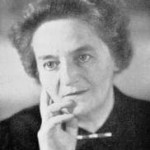


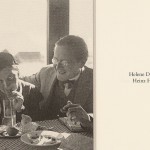
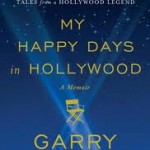

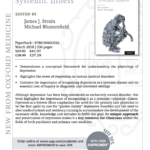
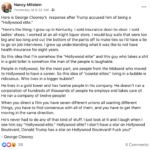

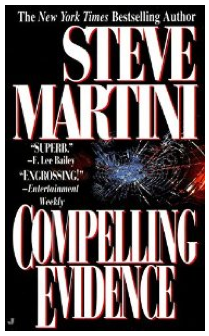 COMPELLING EVIDENCE – by Steve Martini
COMPELLING EVIDENCE – by Steve Martini Fate and Furies by Lauren Groff
Fate and Furies by Lauren Groff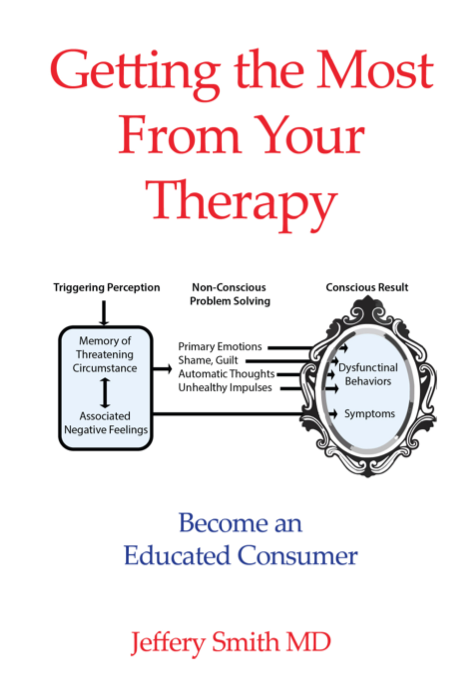 Getting The Most From Your Therapy by Jeffery Smith, M.D.
Getting The Most From Your Therapy by Jeffery Smith, M.D.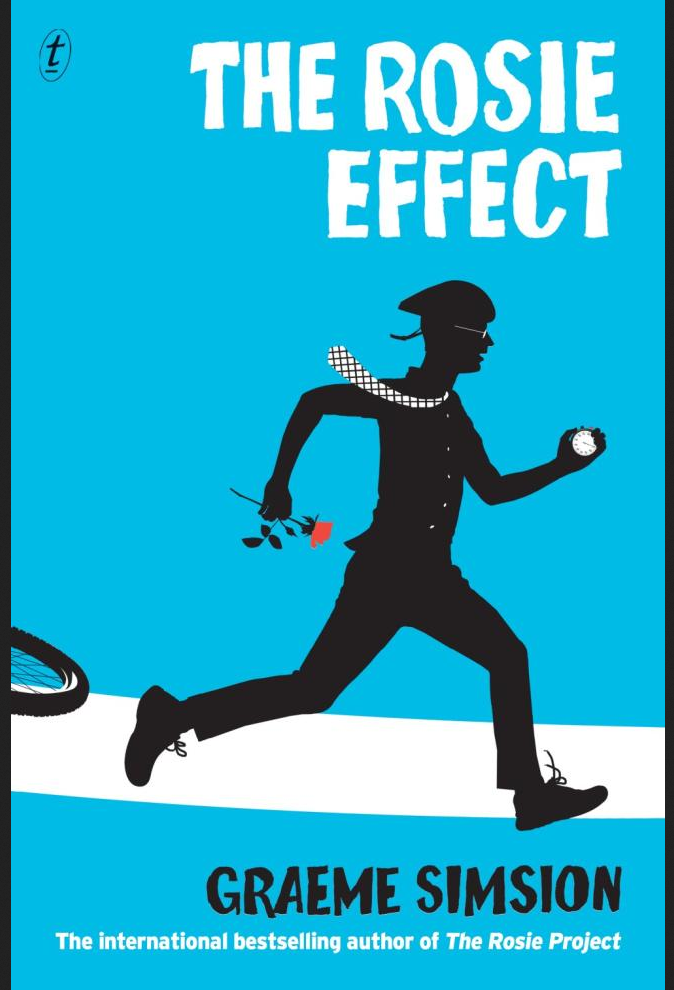 The Rosie Effect by Graeme Simsion
The Rosie Effect by Graeme Simsion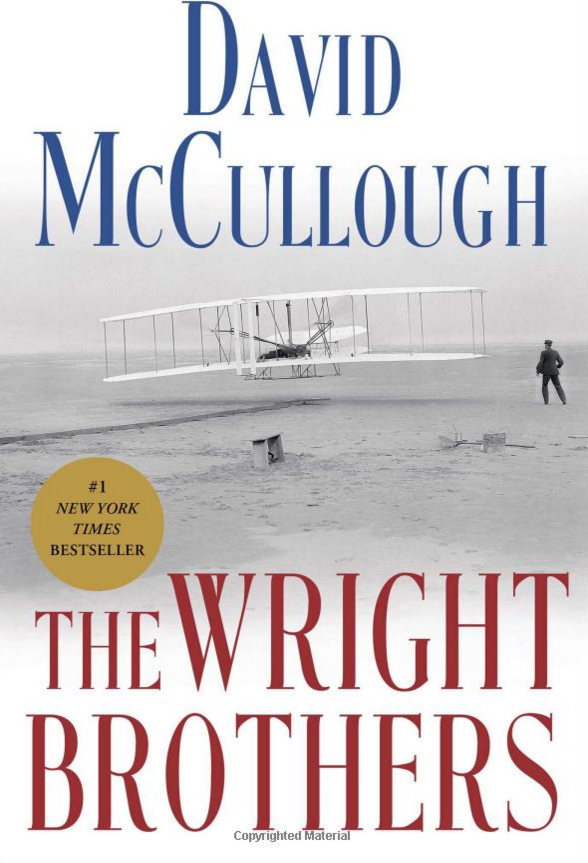 The Wright Brothers by David McCullough
The Wright Brothers by David McCullough What She Left Behind
What She Left Behind This is a road story about three plus one unlikely characters. There is Jess, a 20-something single mom, her maybe 12-year-old daughter, Tanzie and her teenage misfit stepson who was recently bullied. The plus one is Ed, a mid-30’s guy who Jess met when she cleaned his house in her job as a house cleaner and also drove him home one evening from the pub, where she works in the evening, after he drank too much. Tanzie is a math wizard who has the opportunity to win a scholarship plus expenses if she does well in the Math Olympiad in Scotland (They all live in England). Ed who is usually called Mr. Nicholls offers to drive Jess and family to Scotland after he sees them on the road when their car broke down on the way there. There is also a large droopy dog, Norman, who is along on this road trip so it is really three plus one plus one.
This is a road story about three plus one unlikely characters. There is Jess, a 20-something single mom, her maybe 12-year-old daughter, Tanzie and her teenage misfit stepson who was recently bullied. The plus one is Ed, a mid-30’s guy who Jess met when she cleaned his house in her job as a house cleaner and also drove him home one evening from the pub, where she works in the evening, after he drank too much. Tanzie is a math wizard who has the opportunity to win a scholarship plus expenses if she does well in the Math Olympiad in Scotland (They all live in England). Ed who is usually called Mr. Nicholls offers to drive Jess and family to Scotland after he sees them on the road when their car broke down on the way there. There is also a large droopy dog, Norman, who is along on this road trip so it is really three plus one plus one.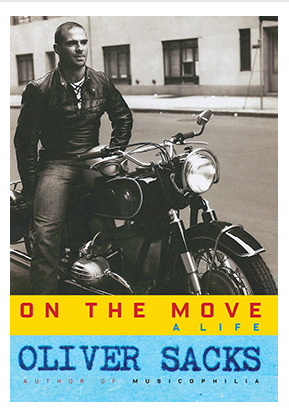 I never read any of his books other than this biography. I read about many of them. I don’t recall hearing him speak in person although I believe I attended one of his lectures at the American Psychiatric Association meeting. I was familiar with many of the places that he spoke about in New York, San Francisco and Los Angeles and I even had some friends and colleagues who knew his analyst, David Shengold. Although I was never anywhere near being in his league as a clinician, writer and brilliant mind, his areas of interest had always fascinated me. So I guess you can say in reading this book, I had a certain amount of kinship and empathy for him although in many ways he was miles apart from my world.
I never read any of his books other than this biography. I read about many of them. I don’t recall hearing him speak in person although I believe I attended one of his lectures at the American Psychiatric Association meeting. I was familiar with many of the places that he spoke about in New York, San Francisco and Los Angeles and I even had some friends and colleagues who knew his analyst, David Shengold. Although I was never anywhere near being in his league as a clinician, writer and brilliant mind, his areas of interest had always fascinated me. So I guess you can say in reading this book, I had a certain amount of kinship and empathy for him although in many ways he was miles apart from my world.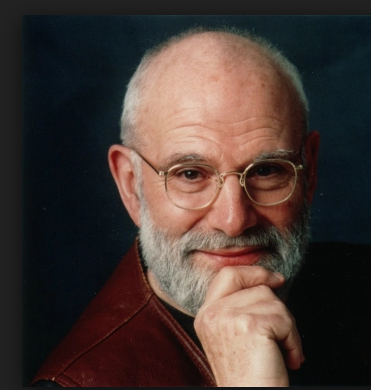 One of the most important subjects of his writings that he definitely had permission to write about was himself. When he severely injured his leg, he was able to write a book titled A Leg to Stand On. In his waning years, he developed a melanoma in his retina. This stimulated him to enlarge upon his earlier observations about vision and consciousness. No doubt , he developed a personal attachment to the people he wrote about but he seemed to be also writing for the personal gratification and acceptance of himself and his works. He related a situation where due to one of his books receiving bad reviews, he went through 3 months of being severely depressed .
One of the most important subjects of his writings that he definitely had permission to write about was himself. When he severely injured his leg, he was able to write a book titled A Leg to Stand On. In his waning years, he developed a melanoma in his retina. This stimulated him to enlarge upon his earlier observations about vision and consciousness. No doubt , he developed a personal attachment to the people he wrote about but he seemed to be also writing for the personal gratification and acceptance of himself and his works. He related a situation where due to one of his books receiving bad reviews, he went through 3 months of being severely depressed .


